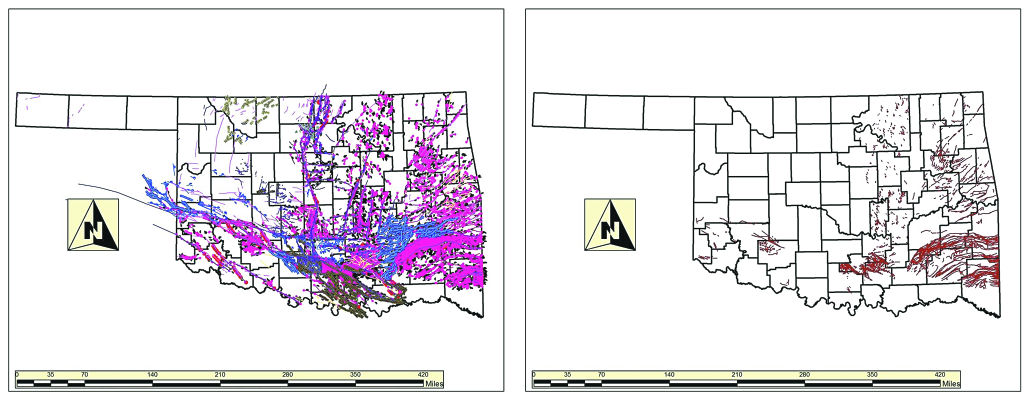

Magnitude estimates and epicenters are based on interpretations of historical accounts and may vary.īecause uplift rates associated with large New Madrid earthquakes could not have occurred continuously over geological timescales without dramatically altering the local topography, studies have concluded that the seismic activity there cannot have gone on for longer than 64,000 years, making the New Madrid Seismic Zone (NMSZ) a young feature, or that earthquakes and the associated uplift migrate around the area over time, or that the NMSZ has short periods of activity interspersed with long periods of dormancy. Many of the published accounts describe the cumulative effects of all the earthquakes (known as the New Madrid Sequence), so finding the individual effects of each quake can be difficult. The zone had four of the largest North American earthquakes in recorded history, with moment magnitudes estimated to be as large as 7.0 or greater, all occurring within a 3-month period between December 1811 and February 1812. Most of the seismicity originates between 3 and 15 miles (4.8 and 24.1 km) beneath the Earth's surface. It is southwest of the Wabash Valley Seismic Zone. It also covers a part of West Tennessee, near Reelfoot Lake, extending southeast into Dyersburg. The 150-mile (240 km)-long seismic zone, which extends into five states, stretches southward from Cairo, Illinois through Hayti, Caruthersville, and New Madrid in Missouri through Blytheville into Marked Tree in Arkansas. 4.2 Uncertainty over recurrence potential.Learn about publishing Open Access with us Journal metrics 1.489 (2020) Impact factor 1. 100% of authors who answered a survey reported that they would definitely publish or probably publish in the journal again.Presents extended review papers, as well as short communications.Topics include seismic hazard or risk, engineering seismology, physics of fault systems, triggered and induced seismicity, mining seismology, volcano seismology, earthquake prediction and more.Specializes in all observational and theoretical aspects related to earthquake occurrence.The journal publishes short communications as well as extended review papers. Topics include seismotectonics, seismicity, historical seismicity, seismic source physics, strong ground motion studies, seismic hazard or risk, engineering seismology, physics of fault systems, triggered and induced seismicity, mining seismology, volcano seismology, earthquake prediction, structural investigations ranging from local to regional and global studies with a particular focus on passive experiments. The editors approach Seismology as a broad interdisciplinary effort, with well balanced observational, modeling and applied aspects. The Journal of Seismology is an international journal specializing in all observational and theoretical aspects related to earthquake occurrence.


 0 kommentar(er)
0 kommentar(er)
